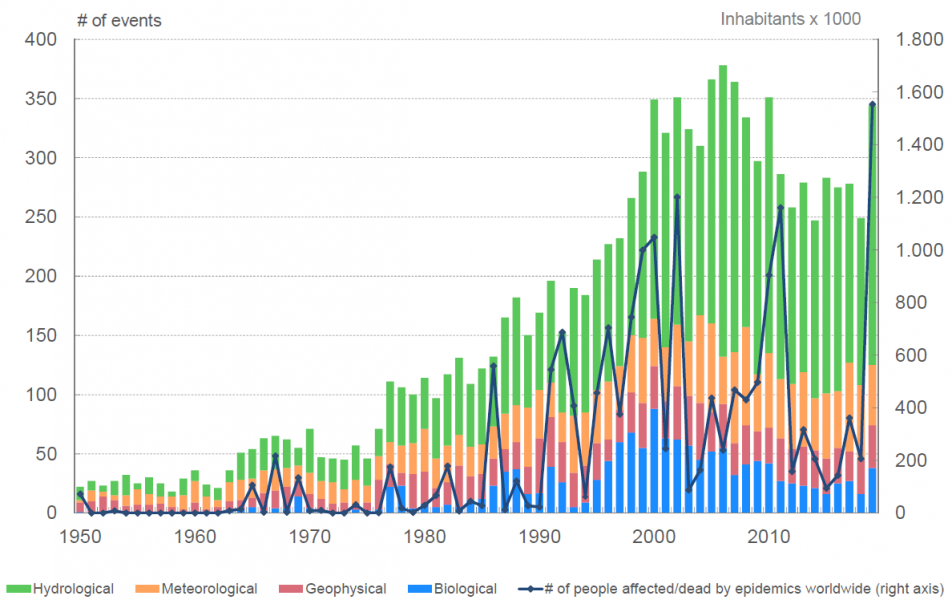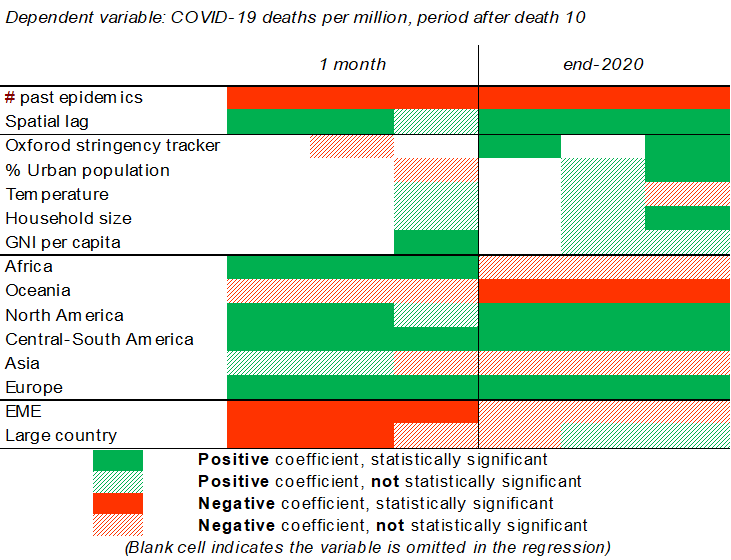References
Buesa, A., J.J. Pérez and D. Santabárbara (2021), “Awareness of pandemics and the impact of COVID-19,” Economics Letters 204(C): 109892.
de Bolle, M. (2021), “Novel viral variants: Why the world should prepare for chronic pandemics”, RealTime Economic Issues Watch. 22 Feb. Peterson Institute for International Economics.
Daszah, P. (2020), “We knew disease X was coming. It’s here now”, The New York Times, 27 February.
Hale, T., N. Angrist, E. Cameron-Blake, L. Hallas, B. Kira, S. Majumdar, A. Petherick, T. Phillips, H. Tatlow, S. Webster (2020), “Oxford COVID-19 Government Response Tracker”, Blavatnik School of Government, University of Oxford.
Malmendier, U. and S. Nagel (2011), “Depression Babies: Do Macroeconomic Experiences Affect Risk Taking?”, Quarterly Journal of Economics 126: 373–416.
Wang, R., X. Chen, L. Qing, W. Wang, and Q. Liu (2020), “Self-Awareness-Based Resource Allocation Strategy for Containment of Epidemic Spreading”, Complexity 2020: 1-12.







